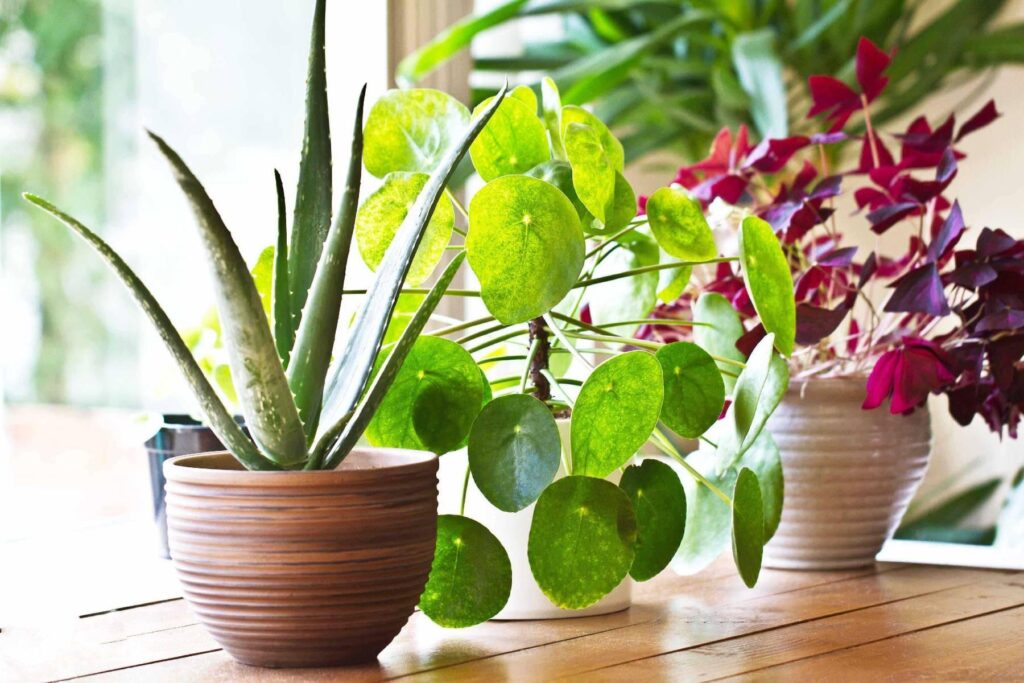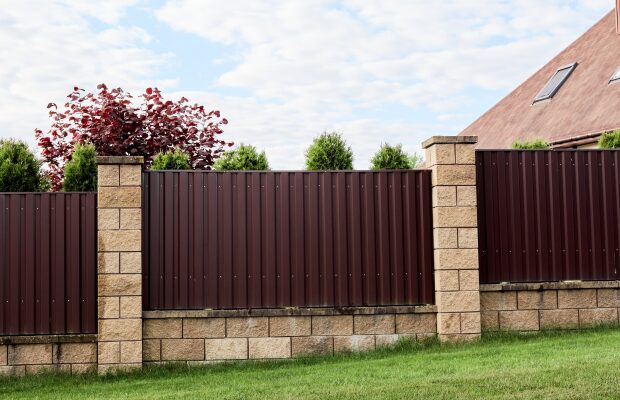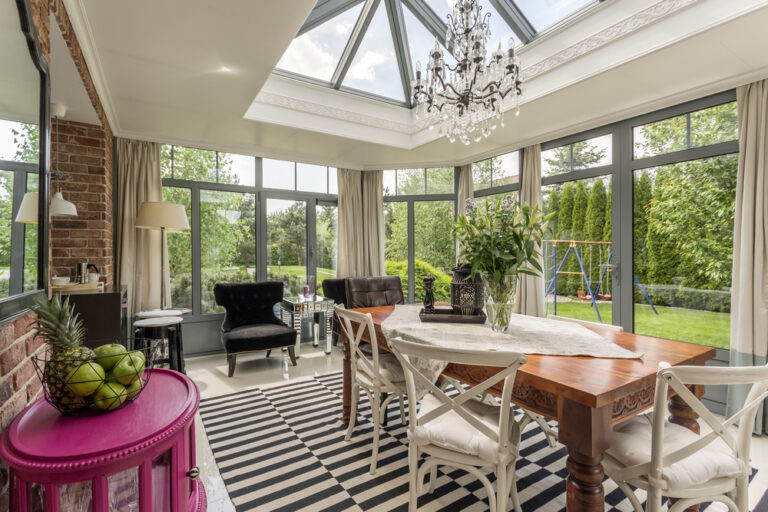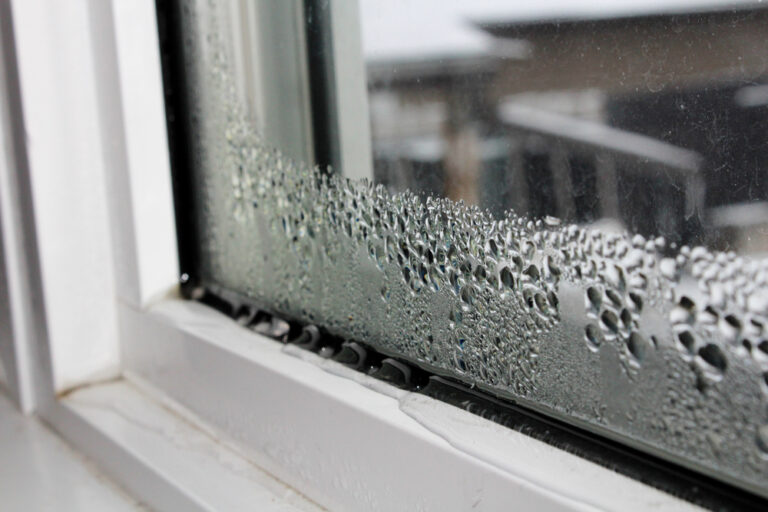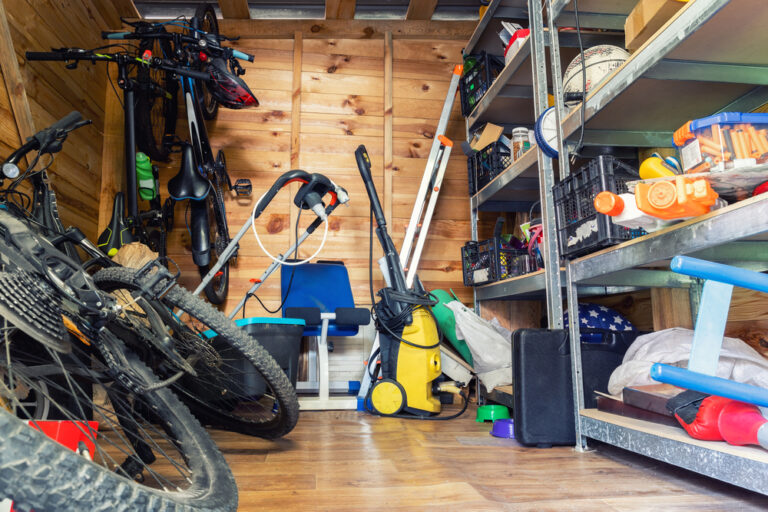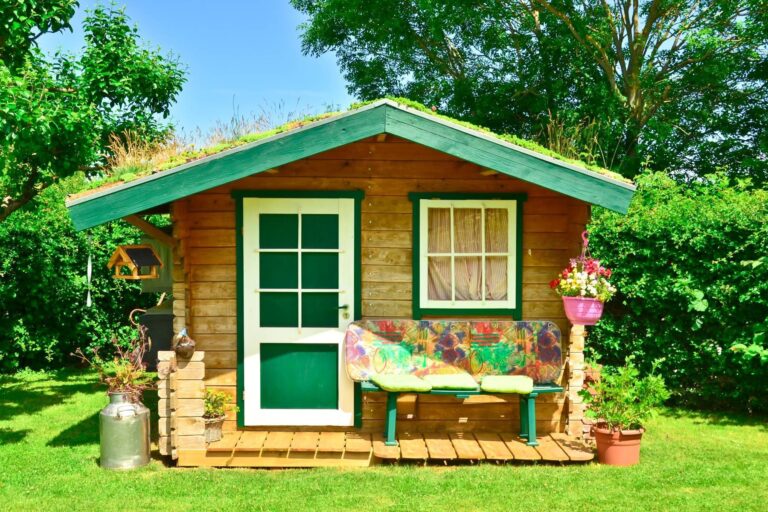Indoor plants are a fantastic way to brighten up your home and add a touch of the great outdoors to your space.
They can add to your home’s appeal if you’re looking to sell, or if you’re a landlord marketing for new tenants.
Not only that, but they can also enhance mood and have great air purifying qualities, too.
Plants, though, require care and maintenance, so this guide will tell you everything you need to know about looking after your house plants, as well as revealing the best options for your property…
Types of indoor house plant
The best types of plant to have in your home are ones that require low amounts of light and water to survive and thrive.
Great indoor house plants include:
• Aglaonema
• Ferns
• Philodendrons
• Palms
• Succulents
The best indoor house plants
Different house plants work well in different rooms, so it’s important to choose wisely…
1. The living room
As your living room is a space where you’re likely to entertain, indoor plants can make a real statement.
Some of the best-looking indoor plants include:
• Gloxinia – with stunning blooms, this plant is happy in indirect light, but needs constant moisture
• Chinese Money Plant – its coin-shaped leaves give the Chinese Money Plant a really distinctive look
• African Violet – the African Violet has incredible, deep purple flowers and flourishes in low light
2. The bathroom
Bathroom temperatures can vary, so you should choose house plants that can tolerate high humidity and plenty of moisture.
Some of the best house plants for bathrooms are:
• Asparagus Fern – this fern does well in moderate light and will flourish in the high humidity of a bathroom
• Bergonia – Bergonias enjoy humid environments, so will love sitting on a bathroom shelf or windowsill in moderate light
• Bromeliads – unlike most house plants, Bromeliads bloom in high humidity, but they also need good air circulation to really flourish
3. The bedroom
Bedroom house plants can help to purify the air, resulting in a better night’s sleep.
Great bedroom house plants include:
• Pothos – with amazing, heart-shaped leaves, Pothos is also great at removing toxins from the air and is a low-maintenance indoor plant
• Peace Lily – this plant filters harmful toxins like benzene and formaldehyde and has been proven by studies to help enhance sleep patterns
• Rubber Fig – Rubber Figs look superb but also fight disease and remove air toxins, as well as being extremely robust
How to keep your house plants healthy
Although many house plants require very little maintenance and looking-after, there are still some steps you’ll need to take to keep them healthy…
1. Planting
Good drainage is the key to ensuring your house plant’s roots aren’t drowned through overwatering.
Place the pot in a saucer, so excess water can drain away.
If you’re placing your plant in a decorative pot, follow these steps:
1. Remove the plant from its current pot by turning it sideways and tapping the bottom until the plant slides out
2. Remove around one third of the compost surrounding the plant
3. Pour some fresh compost into your new pot and pack it down
4. Add the plant to the new pot, ensuring it’s in the centre
5. Add more compost around the plant until it’s secure
6. Add plenty of water
2. Positioning and placement
Most house plants perform best when receiving natural but filtered light.
That means potentially moving their positions depending on the seasons.
Bright, direct sunlight through glass can burn leaves, so an ideal position is set back from a window where the room temperature is warm and even throughout the year.
When light levels fall in winter and temperatures drop, your plants can be moved closer to windows where they can receive enough light and warmth.
Avoid placing your house plants close to:
• Open fires
• Radiators
• Draughts
3. Watering
The secret with house plants is to water, but not over water as too much moisture can cause your plants’ roots to die.
Once the surface of your potting compost has dried a little, apply more room temperature water and allow the plant to soak it up with any excess draining away.
During winter, watering can be reduced.
4. Feeding
Liquid feeds work best for house plants, with flowering plants performing best when fed with high levels of potassium.
Foliage plants, meanwhile, flourish with a balanced feed, while more specialist feeds are available for certain types of plants.
You should only feed indoor house plants during the growing season, between March and September, although some will require a lower level of feed during the winter months when they’re resting.
5. Pruning
By pruning your house plants, you’ll encourage further growth.
Leafy plants with a mature foliage generally don’t require pruning, but old or damaged shoots or foliage can be cut back to encourage a new bud in spring.
Always remember to water and feed your plant well to aid its recovery after pruning.
6. Repotting
To promote healthy growth, re-pot your indoor house plants after a year to 18 months.
You should use a clean pot and one that is suitable for the size of the plant after a number of months of growth.
The plant’s existing compost should be moist when re-potting, which is best done in the spring months.
Multi-purpose compost or specialist house plant compost is best for most indoor plants.
The five easiest house plants to take care of
The majority of indoor house plants are low maintenance as long as they’re placed correctly and generally cared-for well.
However, these three plants are among the lowest maintenance options you’ll find for your home:
• Aglaonema – this plant is very tolerant of draught as it has extremely shallow root systems. It also likes to dry out completely between watering
• Jade Plant – by retaining water within its leaves, the Jade Plant can survive for around a month without water
• Yucca – Yuccas can grow to be large, so they make a real statement. They’re also happy in sunlight and shade, meaning plenty of great placement options
Further reading…
• Great ideas to boost your home’s kerb appeal
